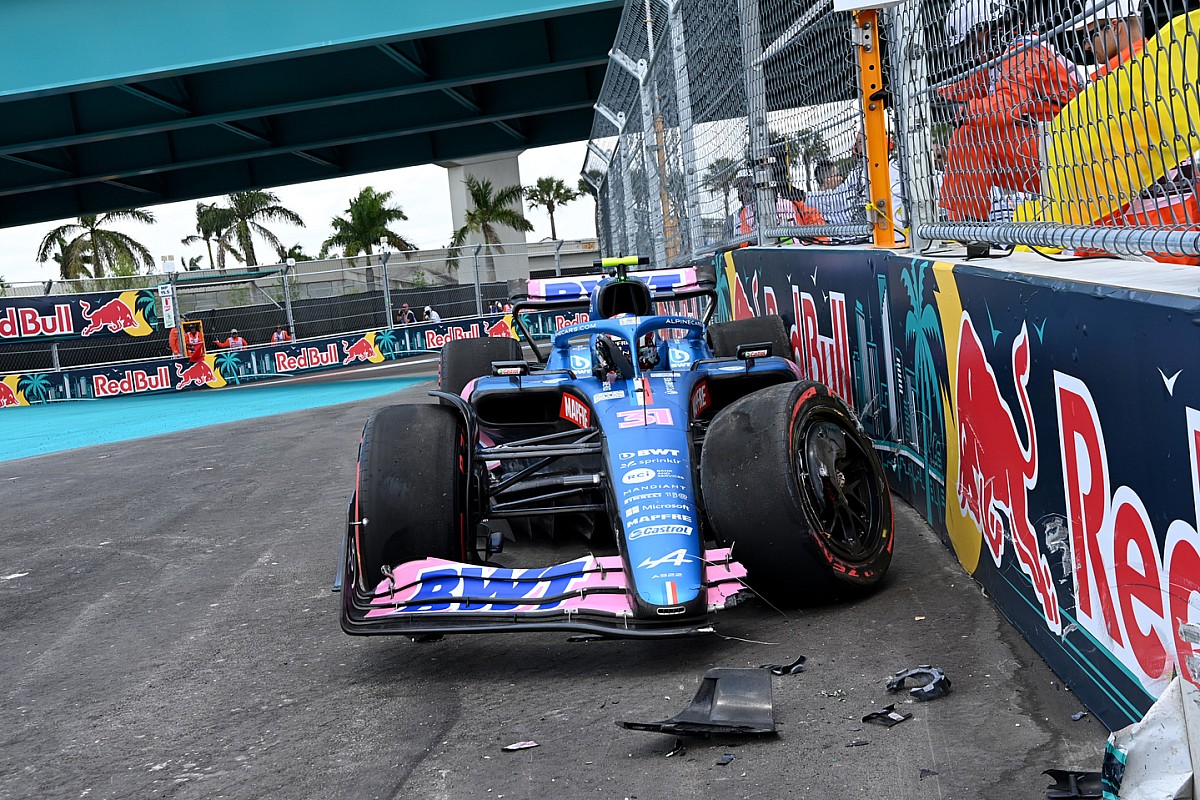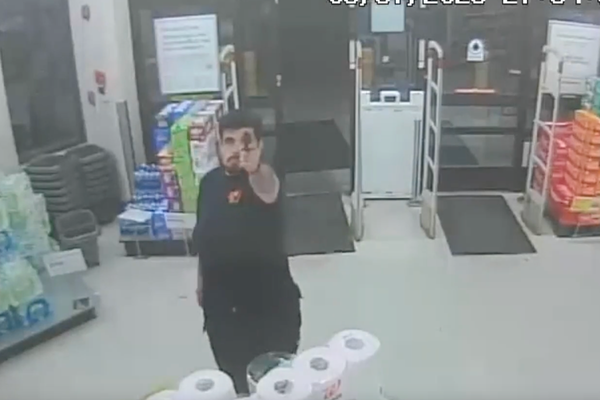
Eau Rouge is a classic example of a corner that can only be appreciated up close – especially when you are stood at the bottom and looking up and above at the towering Raidillon peak.
But there are some circuits that, while looking good from trackside, can only be properly appreciated from where they are designed to be viewed best from: the cockpit.
The Miami F1 circuit is one of those – as Friday morning’s Pirelli hot laps session offered an alternative perspective that didn’t revolve around admiring yachts on a fake marina or listening to a DJ at the Hard Rock Beach Club.
Sitting alongside F1 safety car driver Bernd Maylander in the 577bhp Mercedes AMG GT R, as he powered his way around the track, the perception of Miami’s twists and turns feel completely different to how they are from the other side of the catch fencing.
The opening sequence of corners comes at you thick and fast, with the walls looking especially close as Maylander tries to maximise the momentum through the critical sequence of Turns 4/5/6.
But there are two areas of the track that can only really be appreciated from inside the car.

The first is the long left-handed Turn 7 which runs around the outside of the fake marina.
Looking to the left as you swoop around the corner, it’s pretty hard to spot the yachts and the vinyl water as they are raised up much higher than the track. But drivers won’t want to be looking in that direction anyway because the complex is extremely tricky – and full focus is needed on getting the exit right.
Turn 7’s duration appears on paper to be similar to Turn 8 at Istanbul, as drivers try to maximise speed throughout the long, long turn.
But while Turkey’s Turn 8 has a triple apex approach, Miami’s Turn 7 is much more complex.
It tightens up on the exit and the wall comes closer to the track as drivers attempt to point their car towards the long flat-out run on the exit. It means a much wider line throughout, with more of a V-approach attack than the standard U.
There is very much a feel that drivers are threading the needle through here; needing to find the perfect line with the perfect exit but not being too cautious.
Maylander smiles: “It’s a very technical corner. It’s going to generate a lot of mistakes, and they will be especially costly because it will leave you at risk from the car behind.”
The other standout aspect at the track is the complex of corners under the turnpike towards the end of the lap.
As you emerge out of Turn 13 following the long right hand loop around the Beach Club, the whole nature of the lap changes as you approach the under-fire chicane.

Things slow down, and narrow up considerably, with a rising flick to try to almost brush the inside wall and bounce over the kerbs at the chicane appearing almost out of nowhere.
Then, on the way out, there is the downhill left hander exit that takes you on to the long final straight.
The section does seem out of kilter with the flowing high-speed characteristics around the rest of the lap – and it’s little wonder drivers don’t like it much because it is annoying and exposes errors.
But that is the exact point of the sequence. It was about having a slow area of track that not only prompts driver errors before a long straight, but also one that requires a much softer set-up – so forces a compromise in terms of drivers wanting to be better set for the fast speed or low speed stuff.
As Miami’s track designer Clive Bowen says: “We had to ensure that we had a race track that had enough of a Jekyll and Hyde personality that they were mostly sections with grade change and a lot of traction which require a soft set-up on a car, then some super high-speed sections where you want to have a stiff set-up to get the best from aero performance and therefore lateral grip through the corners.
“The sequence from Turn 13 through to 16 is where we thread the needle under the turnpike overpasses. Going into Turn 14, you don't see the apex of Turn 15 until you're on the apex of Turn 14. It's what we call a ‘mistake generator’ so the opportunity for drivers to gain position because somebody in front overdrives is quite high.”

Having seen the track from alongside Maylander, the man who may well head the field at some point in Sunday’s grand prix, it’s little wonder that drivers are bracing themselves for a far from straightforward afternoon – especially with the track being so dirty offline.
Sergio Perez bemoaned on Saturday night: “The racing is going be difficult. And you're going to have the drivers making mistakes because we've been put into this situation.”
But errors and a far from easy track are exactly what can make a good spectacle.







